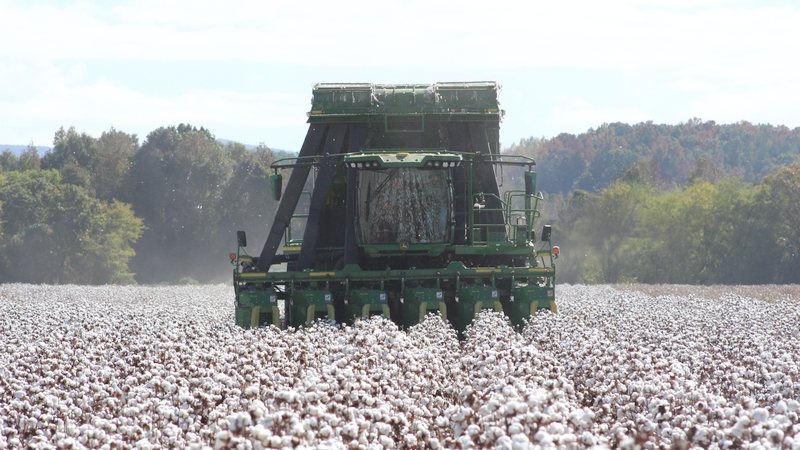Adjuvant Prevents Dicamba “Bubbles” at Application
Off-target movement of dicamba products has been a concern in the Mid-South since the herbicide was re-introduced to cotton fields after federal approval of Bollgard II XtendFlex cotton trait technology in 2015.
In late 2016, the Environmental Protection Agency approved some new formulations of dicamba herbicide, and in 2017 farmers purchased the technologies in droves. Unfortunately, thousands of off-target drift complaints followed that same season.
Thanks to an influx of research, revised application practices and grower education, the number of dicamba complaints in 2019 was a small fraction of the number reported two seasons prior. In Arkansas, for example, only 198 complaints were filed in 2019 compared to over 1,000 in 2017. Still, the farming community would like to eliminate complaints entirely in the years ahead.
“Looking at dicamba, there’s been a lot of concern in the past two years with how to apply this product and reduce any drift incidents,” says Lillian Magidow, a senior research manager for product development at WinField United. Even with drift reduction agents (DRA) which do reduce drift considerably, she says, “We’re still seeing some drift incidents, and we wanted to dig into it.”
The end result of WinField’s drift research efforts is the discovery that an adjuvant they’ve named InterLock can reduce fine particle drift by as much as 60% when included in a tank-mix.
The company’s testing incorporated crosswind scenarios, in which researchers found the creation of what Magidow describes as “bags” or “bubbles” in the spray fan of applicators. “When they burst, it’s just like when you’re blowing bubbles in the backyard, and when one of those bursts, you feel those fine droplets coming out of there. It’s a very similar phenomenon that is happening in these tank mixes.”
According to company research, the inclusion of InterLock adjuvant in the spray tank serves to disrupt the formation of these bags. When paired with a DRA and a water conditioner, InterLock reduced driftable fines by 60%.
WinField representatives are quick to point out that farmers should continue to include a DRA in the spray tank. But pairing that mix with InterLock adjuvant serves to further optimize the accuracy and efficacy of those sprays, they say. The product is useful in sprays of non-dicamba herbicides, as well.
“The general understanding has been that once you put a DRA in a tank, you don’t have to worry about it, like it reduces drift completely,” says Magidow. “But when you look at it with this different testing method, you see that there are actually still quite a bit of fine droplets there, and that’s why we were digging into this.”
WinField representatives encourage farmers to visit Winfieldunited.com/news-and-insights to stay up to date on the company’s latest adjuvant research and talk with agronomic advisors about disrupting bag breakup and reducing driftable fines.









